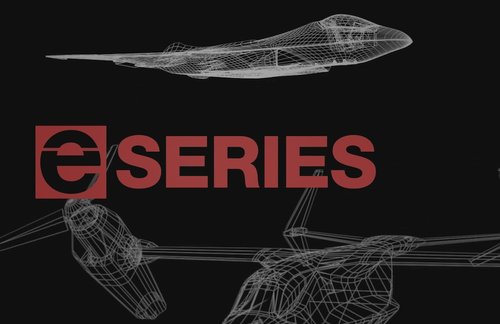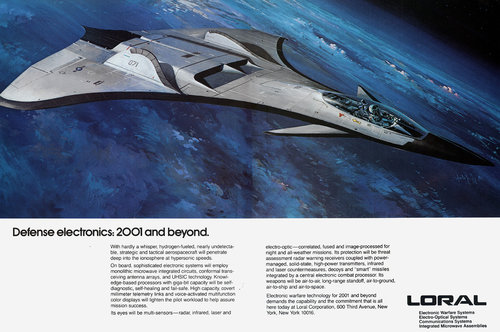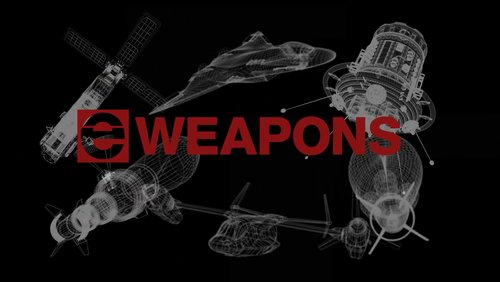- Joined
- 2 August 2006
- Messages
- 3,206
- Reaction score
- 1,322
I don't know and You may be correct. But I would think that if you were correct, it would be a different vehicle. If the engine contracts were issued to Pratt and GE in 2016, it's just my view, but I doubt that funding level is sufficient to pay for engines plus flight test.
That's my question; What powered it? Were they new power plants? Or is it a demonstrator, possibly using F-119s or F-135s until the new power plants are available?
The new three stream engines are going to be testing the first "operational" configuration of the engines next year.
Also, I think whatever was flown wasn't a development of an existing design. If it was that similar there wouldn't be a need to keep it's configuration secret. I think it's a completely new design that takes advantage of the all of the advanced manufacturing techniques developed over the past two decades.
Last edited:





